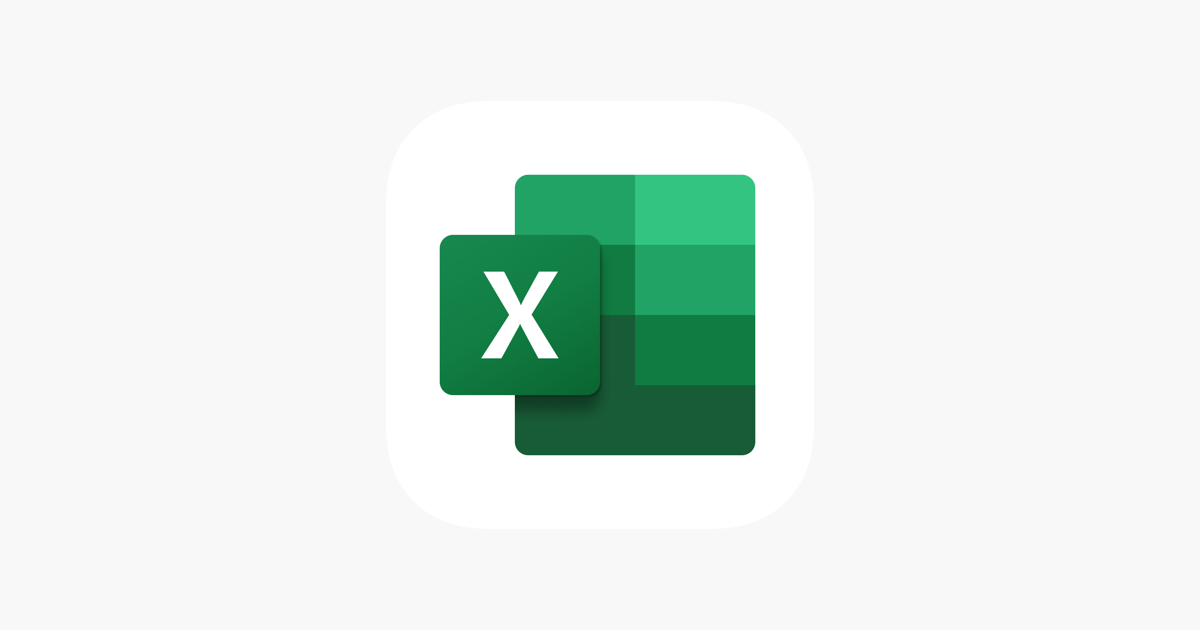Office Blog
Excel’s Best Date and Time Functions Explained
Managing date and time in Excel can be challenging, but Microsoft provides a variety of built-in functions to simplify the process. Whether you need to calculate deadlines, track project durations, or format timestamps, Excel’s date and time functions can save you time and effort. In this guide, we’ll explore the most useful date and time functions and how to use them effectively.
1. TODAY() – Get the Current Date
The TODAY() function returns the current date without a time component. It updates automatically when you reopen the workbook.
Example:
If today’s date is February 13, 2025, using:
=TODAY()will return 13/02/2025 (format depends on your region).
Use Case:
- Tracking daily reports
- Automatically updating dashboards with the current date
2. NOW() – Get the Current Date and Time
The NOW() function returns both the current date and time and updates dynamically.
Example:
=NOW()This might return 13/02/2025 10:30 AM depending on your system clock.
Use Case:
- Timestamping when data is entered
- Keeping track of real-time events
3. DATE() – Create a Date Value
The DATE(year, month, day) function lets you create a valid date using specific values.
Example:
=DATE(2025,2,13)This returns 13/02/2025.
Use Case:
- Creating dynamic dates
- Preventing date errors in calculations
4. DATEDIF() – Calculate Differences Between Dates
The DATEDIF(start_date, end_date, unit) function calculates the difference between two dates in years, months, or days.
Example:
=DATEDIF(A1, B1, "Y")This will return the number of years between the dates in A1 and B1.
Units:
"Y"→ Years"M"→ Months"D"→ Days
Use Case:
- Finding age based on birthdate
- Measuring project durations
5. EOMONTH() – Get the End of a Month
The EOMONTH(start_date, months) function returns the last day of a month, before or after a specified date.
Example:
=EOMONTH(TODAY(), 0)Returns the last date of the current month.
Use Case:
- Financial reporting
- Setting payment deadlines
6. WEEKDAY() – Find the Day of the Week
The WEEKDAY(date, return_type) function returns a number representing the day of the week.
Example:
=WEEKDAY(TODAY(),1)f today is Thursday, this returns 5 (where Sunday = 1).
Use Case:
- Scheduling tasks
- Highlighting weekends in reports
7. WORKDAY() – Calculate Future or Past Workdays
The WORKDAY(start_date, days, [holidays]) function calculates a future or past workday, skipping weekends and optional holidays.
Example:
=WORKDAY(TODAY(), 10)This returns a date 10 working days from today.
Use Case:
- Project management
- Payroll and salary calculations
8. TEXT() – Format Date and Time Display
The TEXT(value, format_text) function formats dates and times in custom formats.
Example:
=TEXT(TODAY(), "dddd, mmmm dd, yyyy")Returns: Thursday, February 13, 2025.
Use Case:
- Customizing date formats in reports
- Displaying dates in dashboards
Get the cheapest Office Keys at unbeatable prices—genuine, fast delivery, and 100% activation guaranteed!

